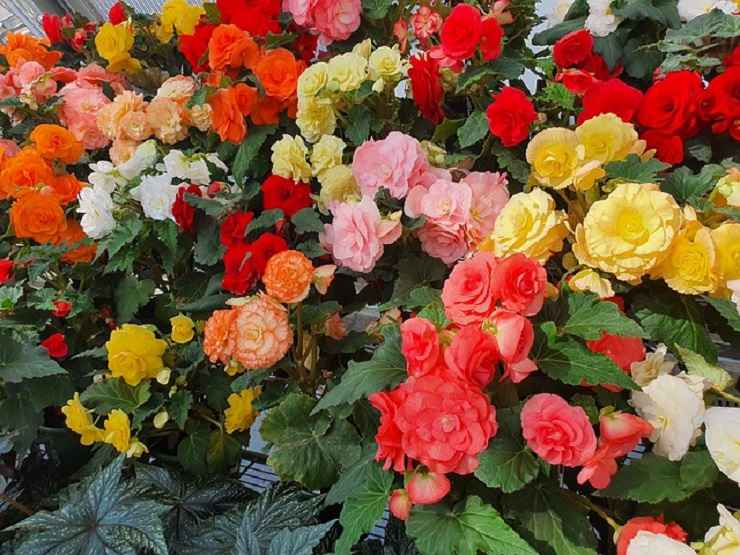Begonia Care indoors
By reading the explanations we have written for begonia care indoors, you and your plants will be happy by taking care of your flower correctly.
Begonia Flower Species
There are more than 300 species of the begonia flower living in tropical areas in many parts of the world. It has been mentioned in the sources as South America, South Africa and Asia as its homeland. There are also flower lovers who grow and nurture begonias not only for their flowers, but also because of the shapes of their leaves and the patterns on their leaves. The begonia plant is available in many colors such as yellow, white, red, orange, as in the picture. They continue to bloom from the first spring to the end of the last spring.
Begonia Flower Features
Begonias like temperate environments. For this reason, the environment they will live in should be between 15 and 30 degrees Celsius in terms of temperature. They do not like the breeze, so you need to protect your begonias from the wind. Begonias are divided into varieties such as Tuberous Begonia, Leaf Begonia, Tree Begonia, Flowering Begonia. The reason for this is that it is easy for both maintenance, marketing and plant lovers when choosing. In this article, we would like to give you information about flowering begonias.
How to Care for a Begonia Flower?
1- Begonia Pot Selection
If you want it to grow healthy while caring for begonias indoors and have plenty of flowers while feeding, you don't need to choose a very large pot as a pot. You can change the pot at least two years after you buy your flower. When changing the pot, replacing it with a pot one size larger than the pot it is in will make your begonia happy. As for the reason why it does not need large pots, begonias have a small root structure as a root structure.
2- Begonia Soil Selection
3- Begonia Light Selection
If your begonia is being taken care of indoors, it is one of the plant species that likes non-scorching sunlight at sunrise and evening sunset. Apart from this period, it should receive plenty of light where it is located. Since begonia leaves will tend towards the direction of light, changing the direction of the pot every few days will make your begonia look more beautiful as an image.
4- How to Water Begonia
5- How to Reproduce Begonia
6- Begonia Diseases
Begonias are among the plant species that are infected with diseases such as powdery mildew, leaf spot, fungus, as well as red spider, caterpillar and other insect species. For this reason, you need to pay attention to diseases. Even if there is no disease especially for begonias kept indoors, putting 2 tablespoons of soap in 1 liter of water and mixing it with a spray once a month will protect your begonia from many diseases.

